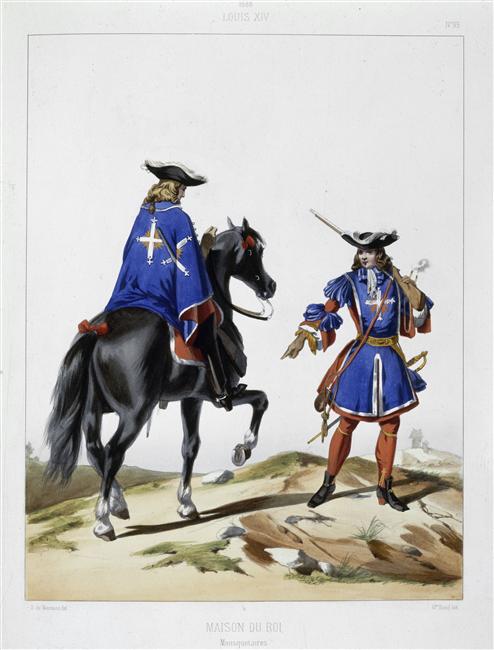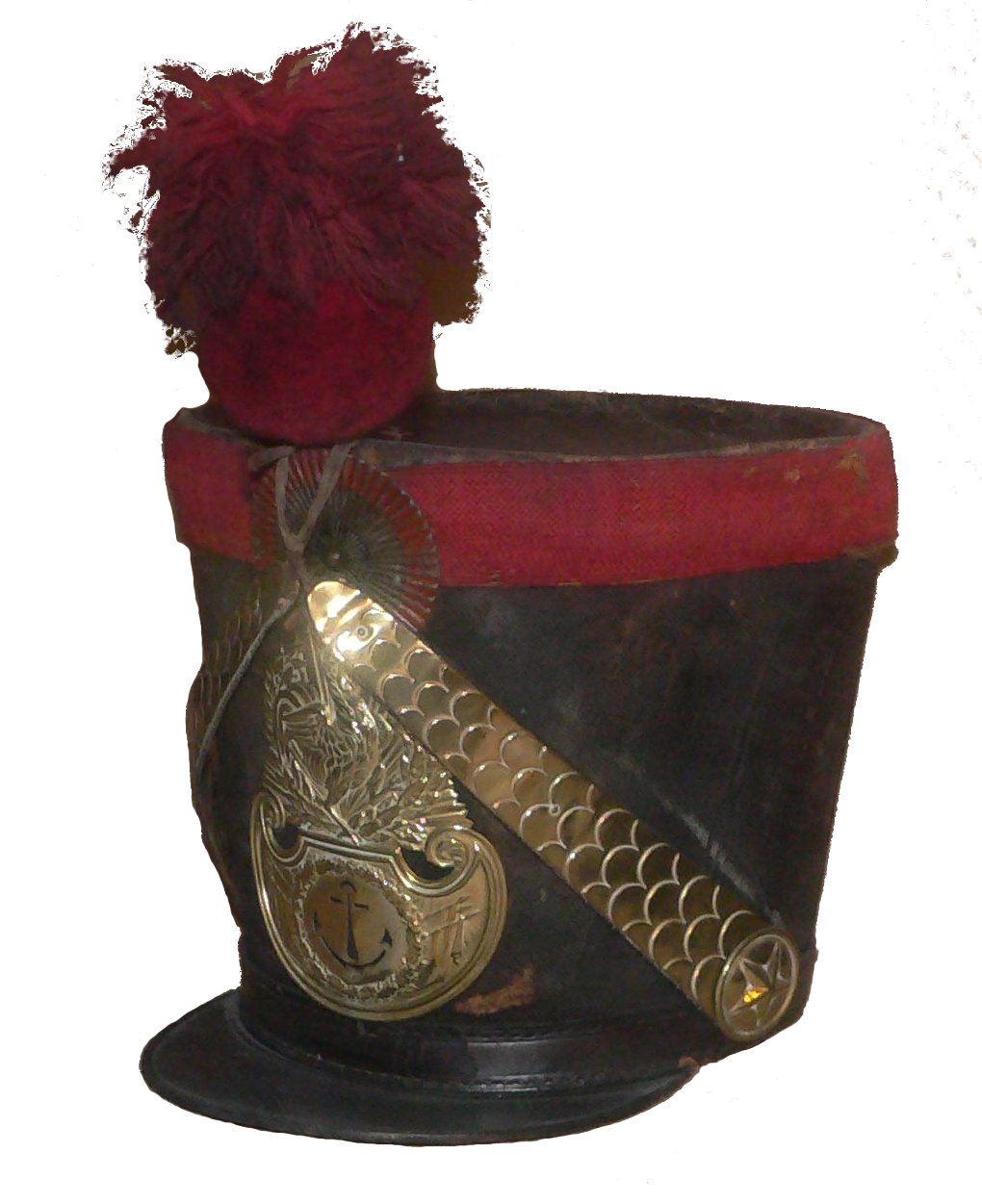|
Ganse Cord
A ganse cord is a type of cord used in millinery to give shape to a hat. It was used extensively in the 18th and 19th centuries, particularly in tricorns, bicornes and shakos used in military uniforms. The cord is tied in a special knot called Noeud de franciscain. The ganse loop made from the cord was also used to hold the cockade in place on the head covering. Citations and notes References * Royal Deuxponts 104 Regiment d'Infanterie (re-enactment unit) Military uniforms Notions (sewing) {{textile-stub ... [...More Info...] [...Related Items...] OR: [Wikipedia] [Google] [Baidu] |
Hatmaking
Hat-making or millinery is the design, manufacture and sale of hats and other headwear. A person engaged in this trade is called a milliner or hatter. Historically, milliners, typically women shopkeepers, produced or imported an inventory of garments for men, women, and children and sold these garments in their millinery shop. Many milliners worked as both milliner and fashion designer, such as Rose Bertin, Jeanne Lanvin, and Coco Chanel. The millinery industry benefited from industrialization during the nineteenth century. In 1889 in London and Paris, over 8,000 women were employed in millinery, and in 1900 in New York, some 83,000 people, mostly women, were employed in millinery. Though the improvements in technology provided benefits to milliners and the whole industry, essential skills, craftsmanship, and creativity are still required. Since the mass-manufacturing of hats began, the term milliner is usually used to describe a person who applies traditional hand-craftsmanshi ... [...More Info...] [...Related Items...] OR: [Wikipedia] [Google] [Baidu] |
Tricorn
The tricorne or tricorn is a style of hat that was popular during the 18th century, falling out of style by 1800, though actually not called a "tricorne" until the mid-19th century. During the 18th century, hats of this general style were referred to as "cocked hats". At the peak of its popularity, the tricorne varied greatly in style and size, and was worn not only by the aristocracy, but also as common civilian dress, and as part of military and naval uniforms. Typically made from animal fiber, the more expensive being of beaver-hair felt and the less expensive of wool felt, the hat's most distinguishing characteristic was that three sides of the brim were turned up (cocked) and either pinned, laced, or buttoned in place to form a triangle around the crown. The style served two purposes: first, it allowed stylish gentlemen to show off the most current fashions of their wigs, and thus their social status; and secondly, the cocked hat, with its folded brim, was much smaller than o ... [...More Info...] [...Related Items...] OR: [Wikipedia] [Google] [Baidu] |
Bicorne
The bicorne or bicorn (two-cornered) is a historical form of hat widely adopted in the 1790s as an item of uniform by European and American army and naval officers. Most generals and staff officers of the Napoleonic period wore bicornes, which survived as widely-worn full-dress headdress until the 20th century. Historic use Descended from the tricorne, the black-coloured bicorne originally had a rather broad brim, with the front and the rear halves turned up and pinned together forming a semi-circular fan shape; there was usually a cockade in the national colours at the front. Later, the hat became more triangular in shape, with its two ends becoming more pointed, and it was worn with the cockade at the right side. That kind of bicorne eventually became known in English as the ''cocked hat'', but it is still known in French as the ''bicorne''. Worn in the side-to-side athwart style during the 1790s, the bicorne became normally seen fore-and-aft in most armies and navies fro ... [...More Info...] [...Related Items...] OR: [Wikipedia] [Google] [Baidu] |
Shako
A shako (, , or ) is a tall, cylindrical military cap, usually with a visor, and sometimes tapered at the top. It is usually adorned with an ornamental plate or badge on the front, metallic or otherwise; and often has a feather, plume (see hackle) or pompom attached at the top. Origins The word ''shako'' originated from the Hungarian name for the ''peak'', which Hungarian border soldiers ( ''Grenz-Infanterie'') added around 1790 to their previously visorless stovepipe-style hats. Originally these hats were part of the clothing commonly worn by shepherds, before being added to the uniform of the Hungarian hussar in the early 18th century. Other spellings include ''chako'', ''czako'', ''sjako'', ''schako'', ''schakot'' and ''tschako''. From 1800 on, the shako became a common military headdress worn by the majority of regiments in the armies of Europe and the Americas. Replacing in most instances the light bicorne, the shako was initially considered an improvement. Made of heavy ... [...More Info...] [...Related Items...] OR: [Wikipedia] [Google] [Baidu] |
Military Uniforms
A military uniform is a standardised dress worn by members of the armed forces and paramilitaries of various nations. Military dress and styles have gone through significant changes over the centuries, from colourful and elaborate, ornamented clothing until the 19th century, to utilitarian camouflage uniforms for field and battle purposes from World War I (1914–1918) on. Military uniforms in the form of standardised and distinctive dress, intended for identification and display, are typically a sign of organised military forces equipped by a central authority. Military uniforms differ not only according to military units but tend to also be offered in different levels of formality in accordance with Western dress codes: full dress uniform for formal wear, mess dress uniform for semi-formal wear, service dress uniform for informal wear, and combat uniform (also called "battle/field dress") which would equal casual wear. Sometimes added to the casual wear category is physical tr ... [...More Info...] [...Related Items...] OR: [Wikipedia] [Google] [Baidu] |

.jpg)

